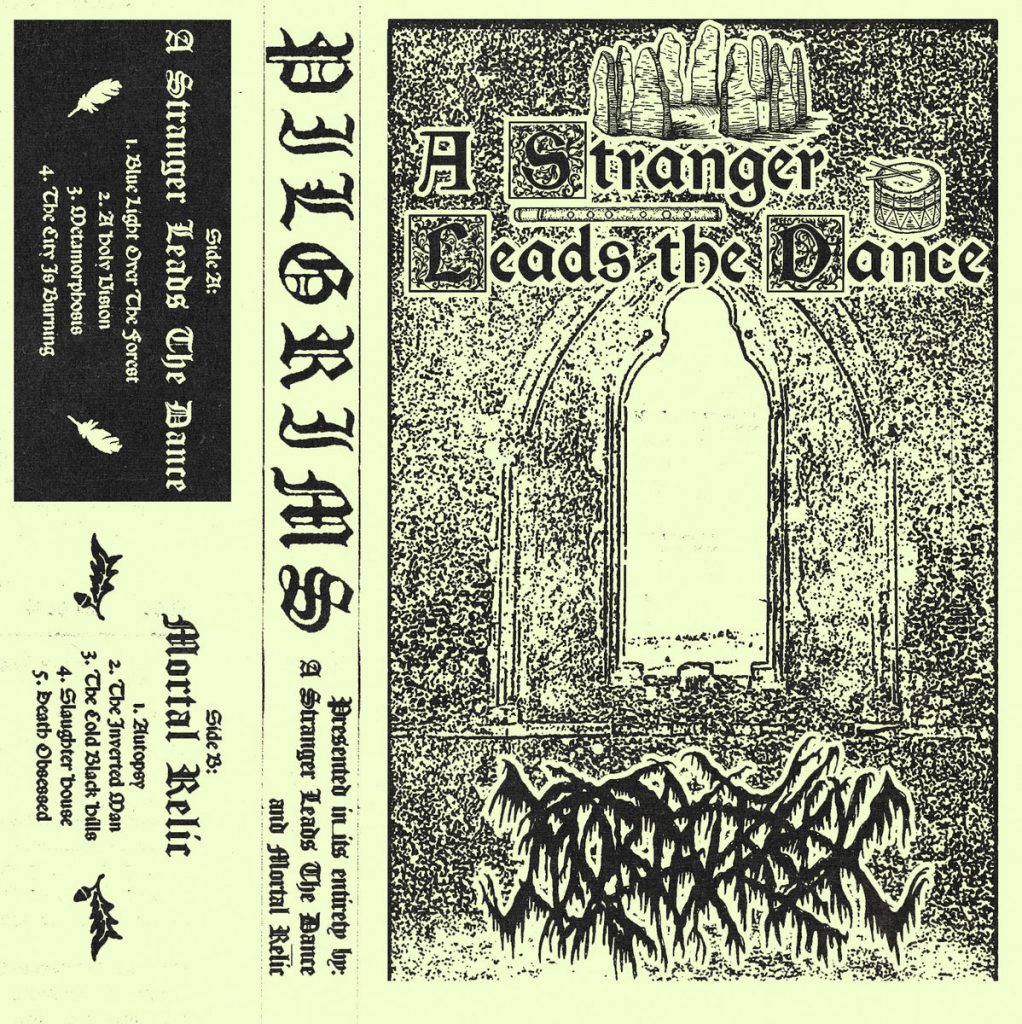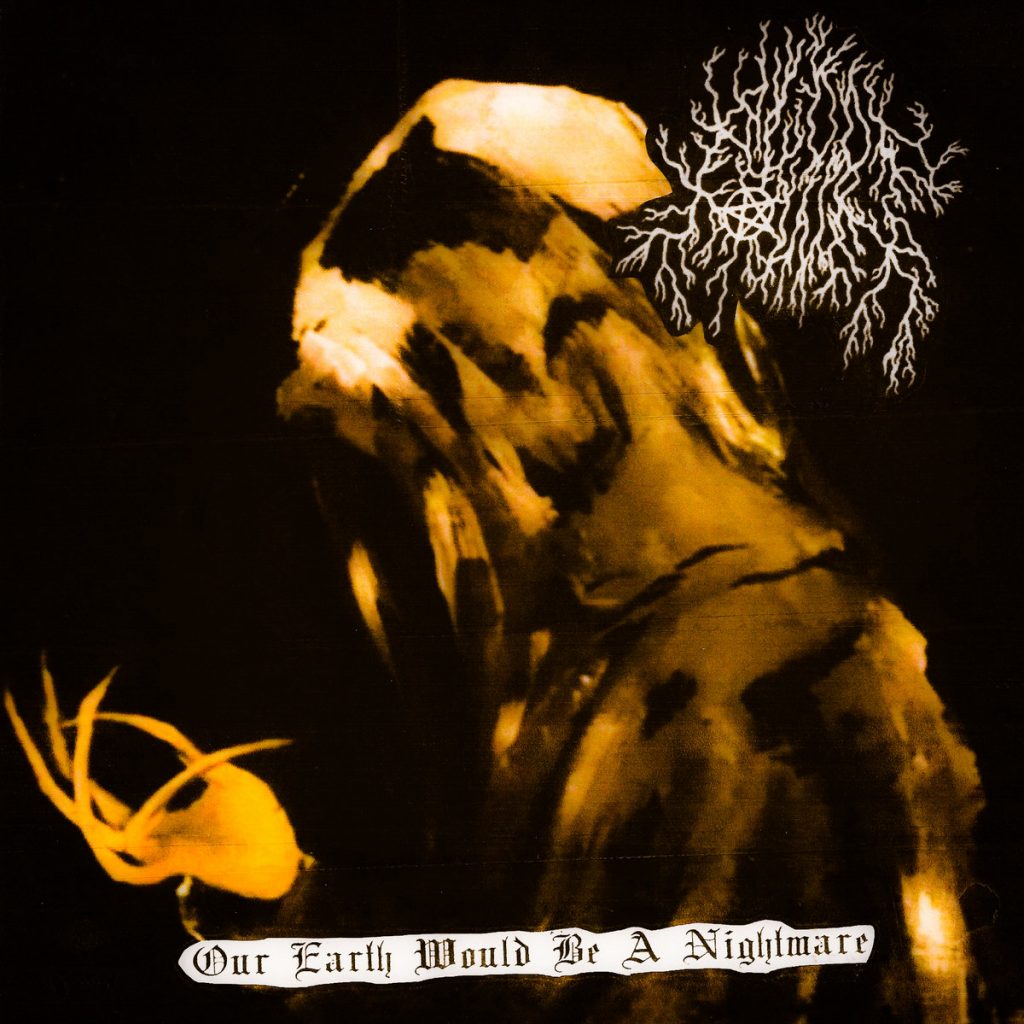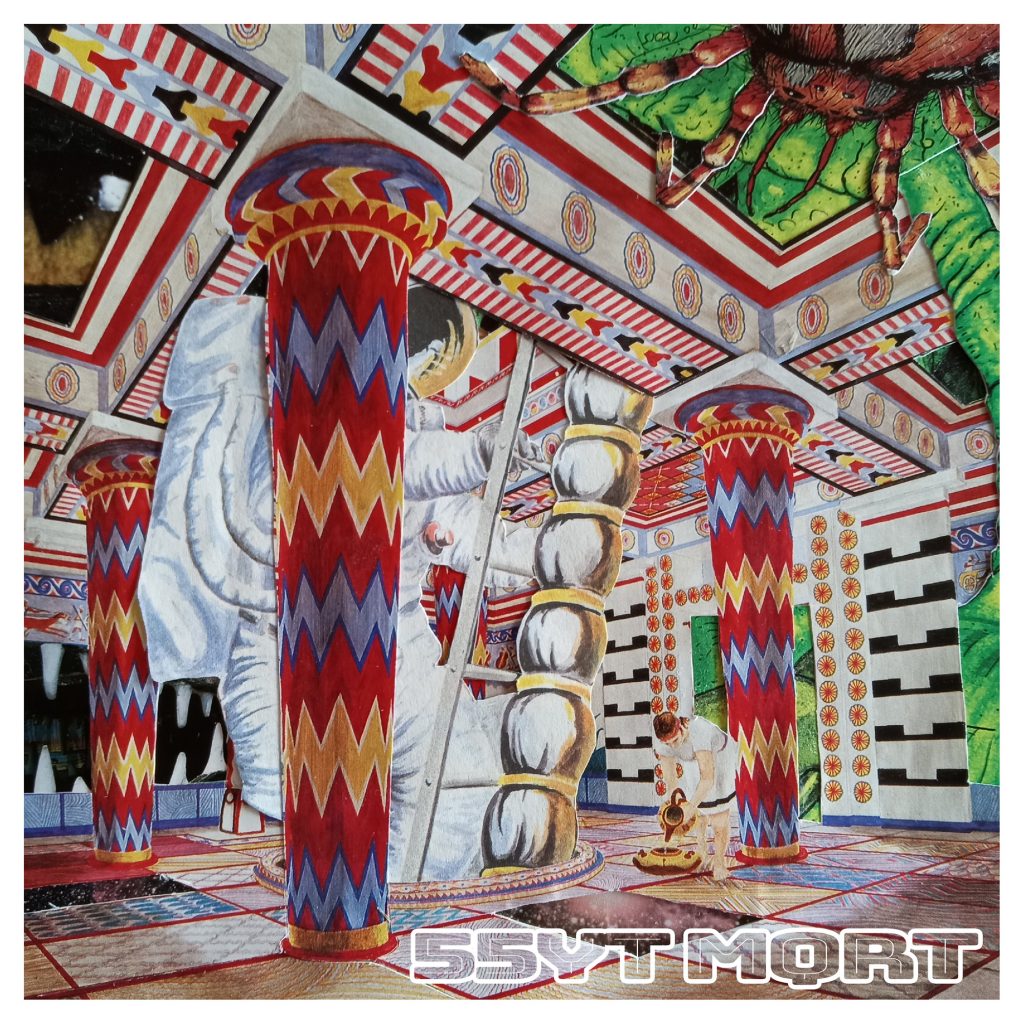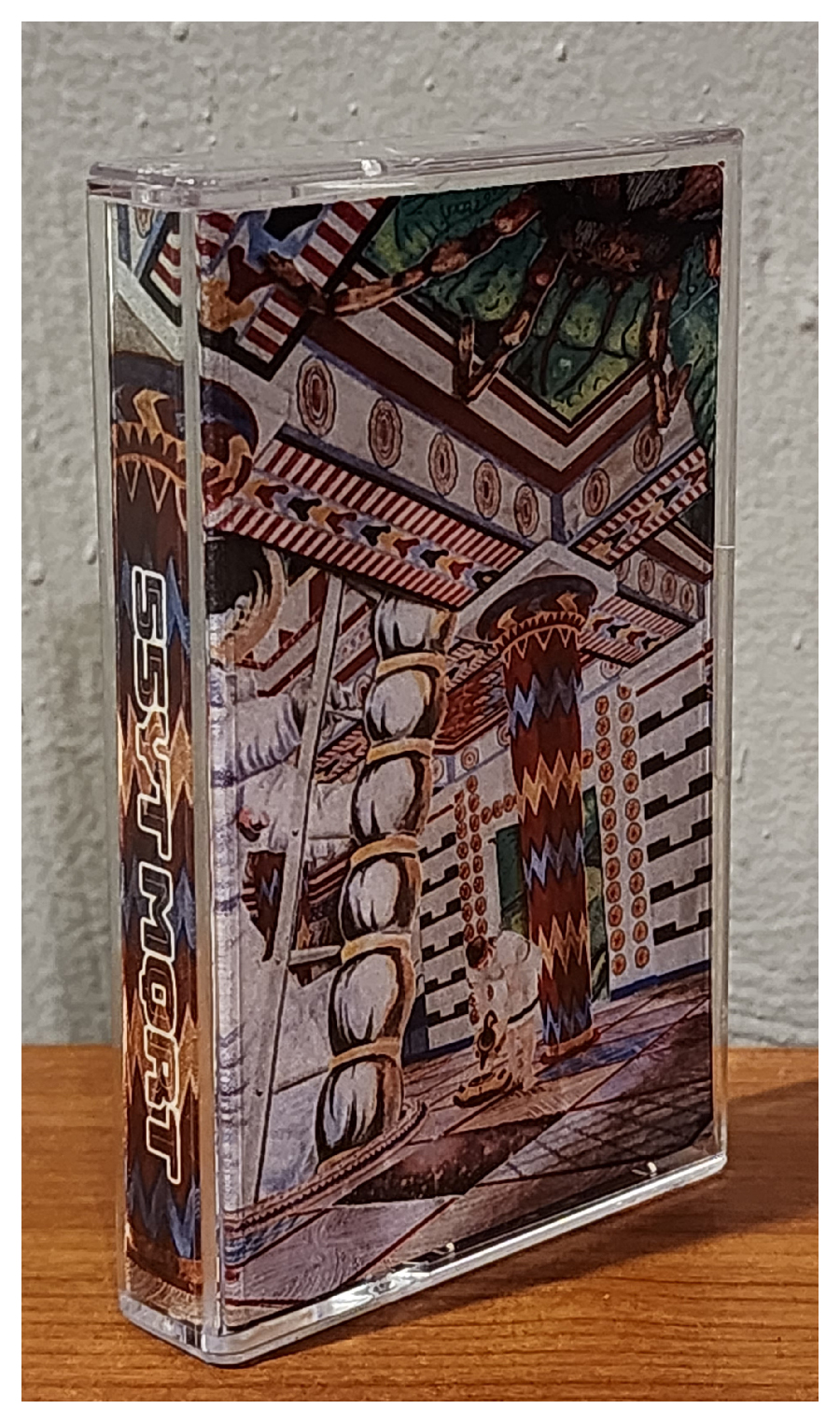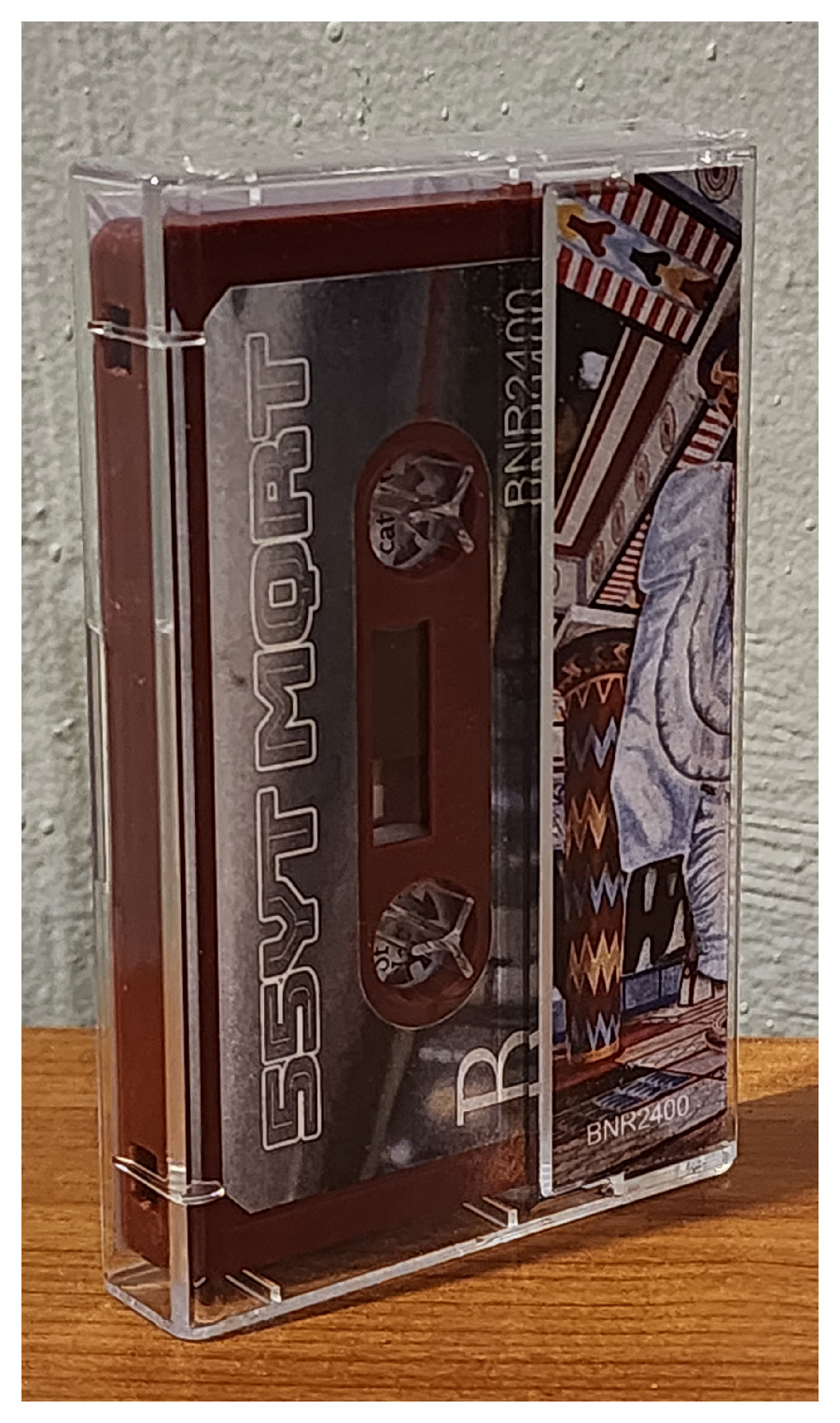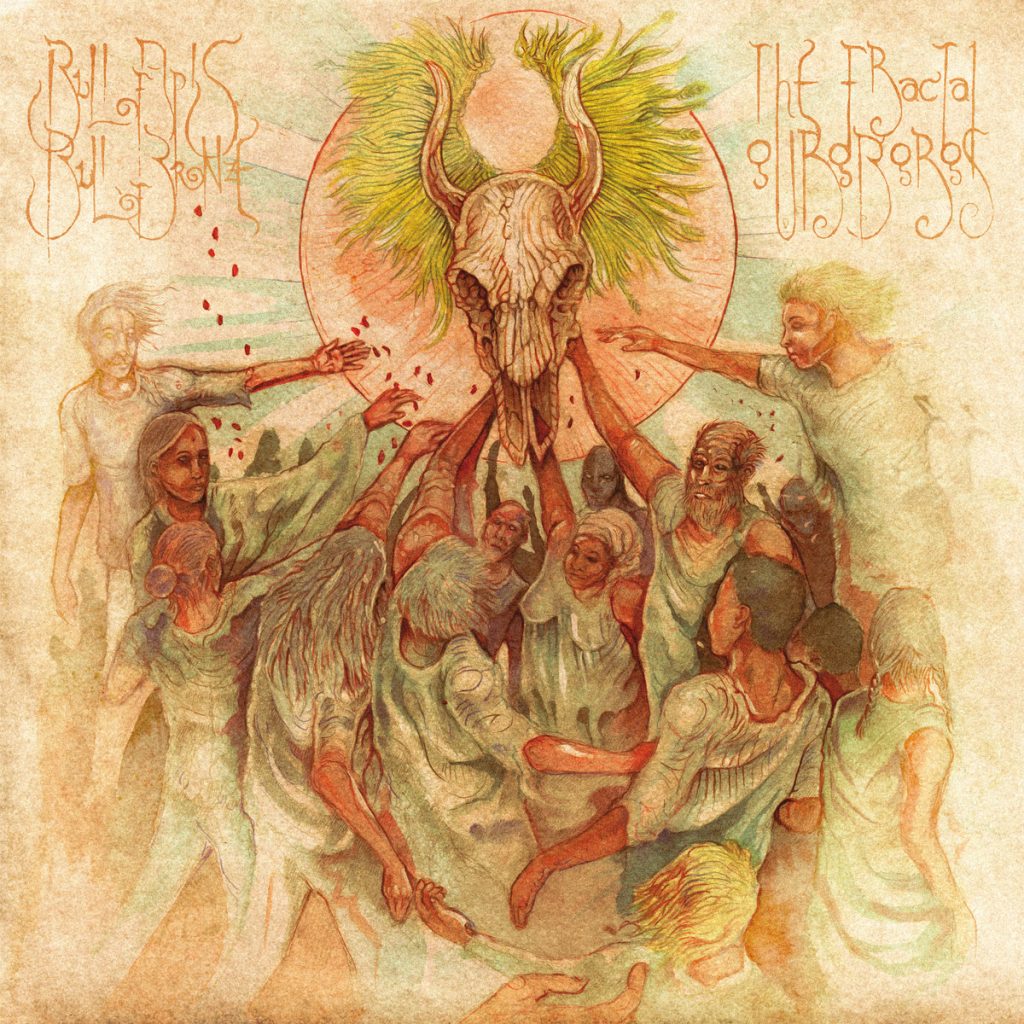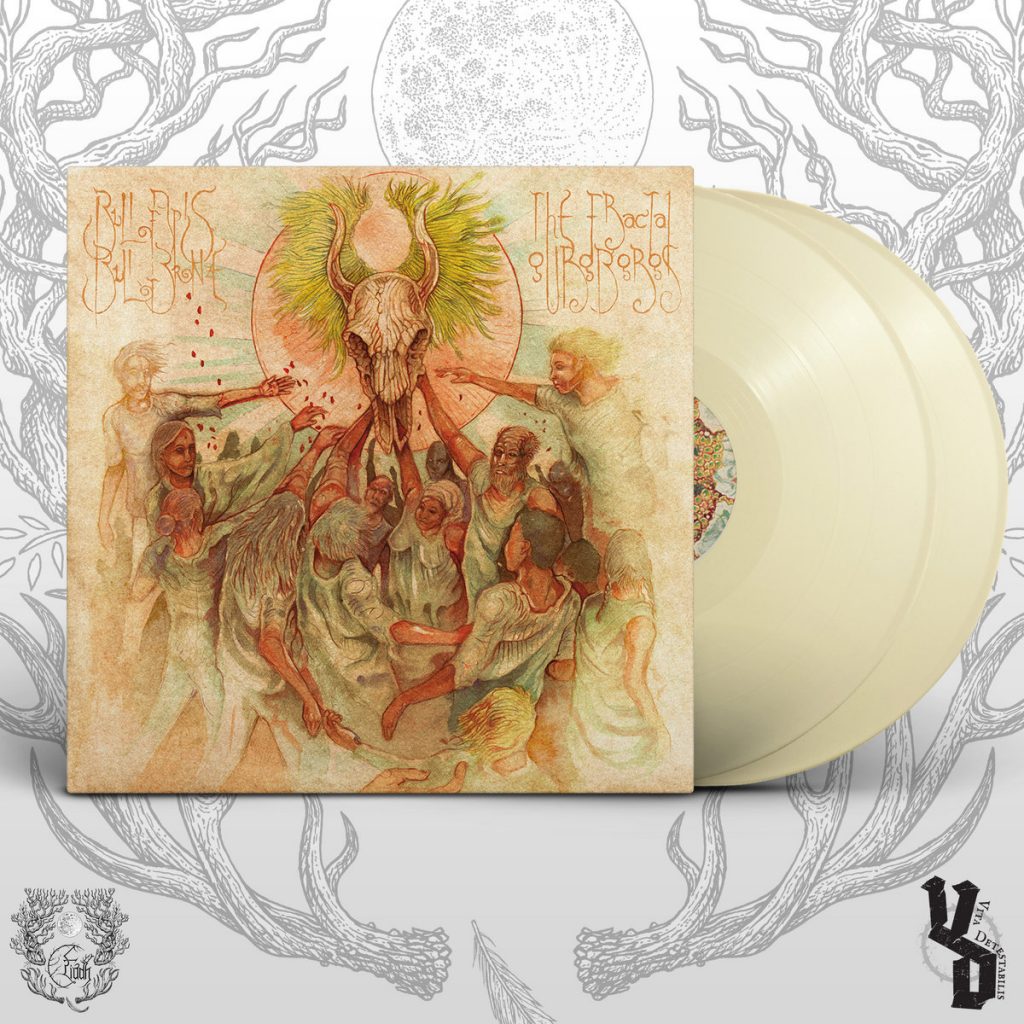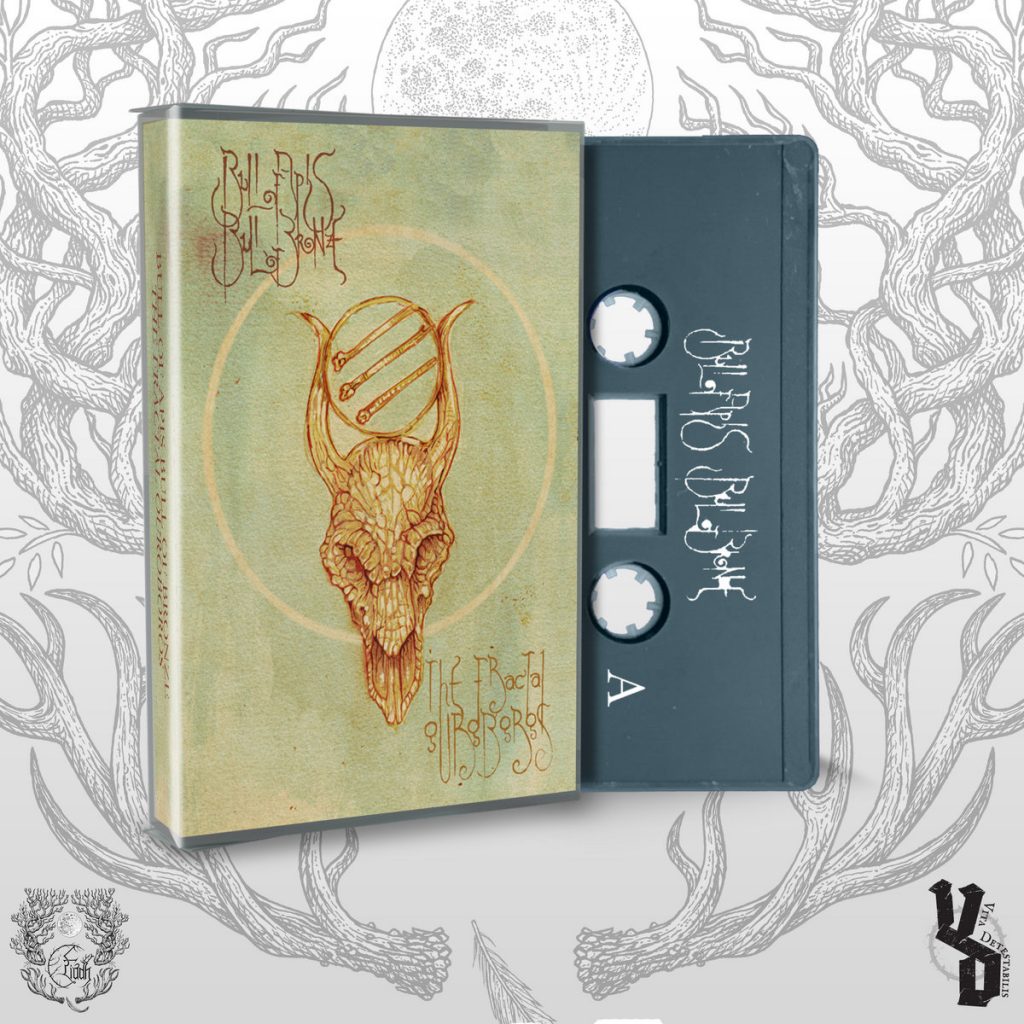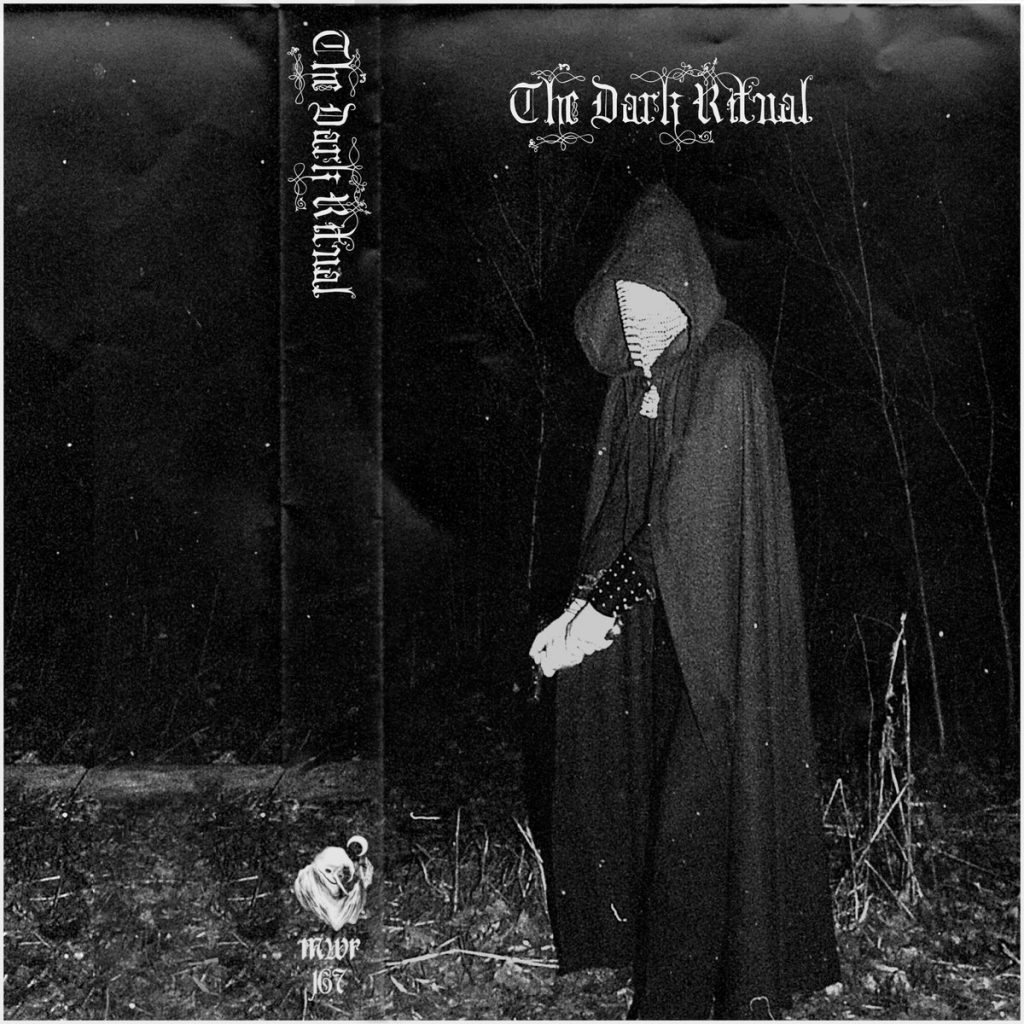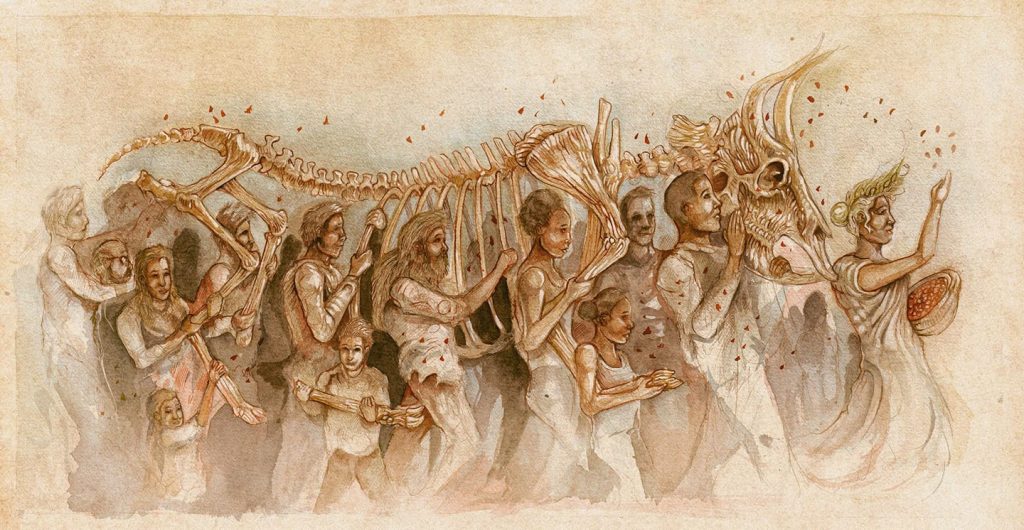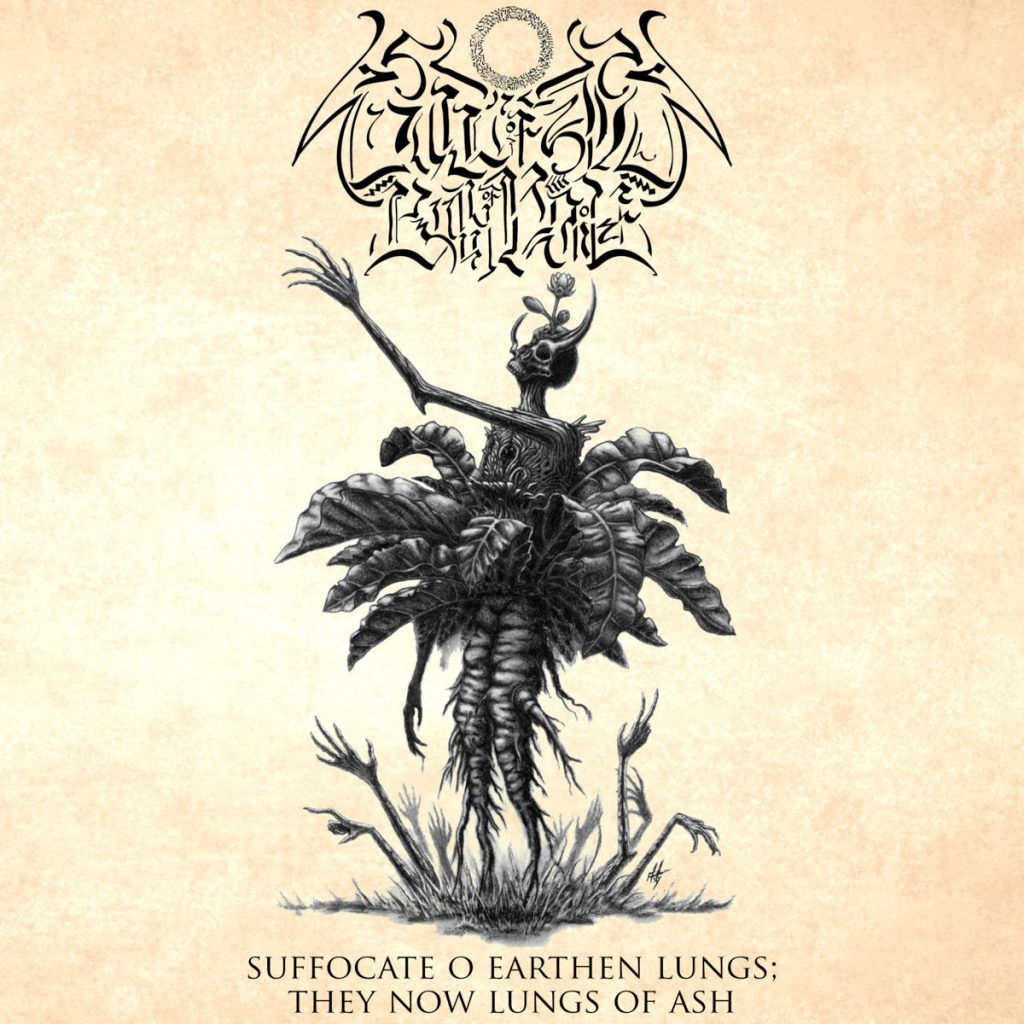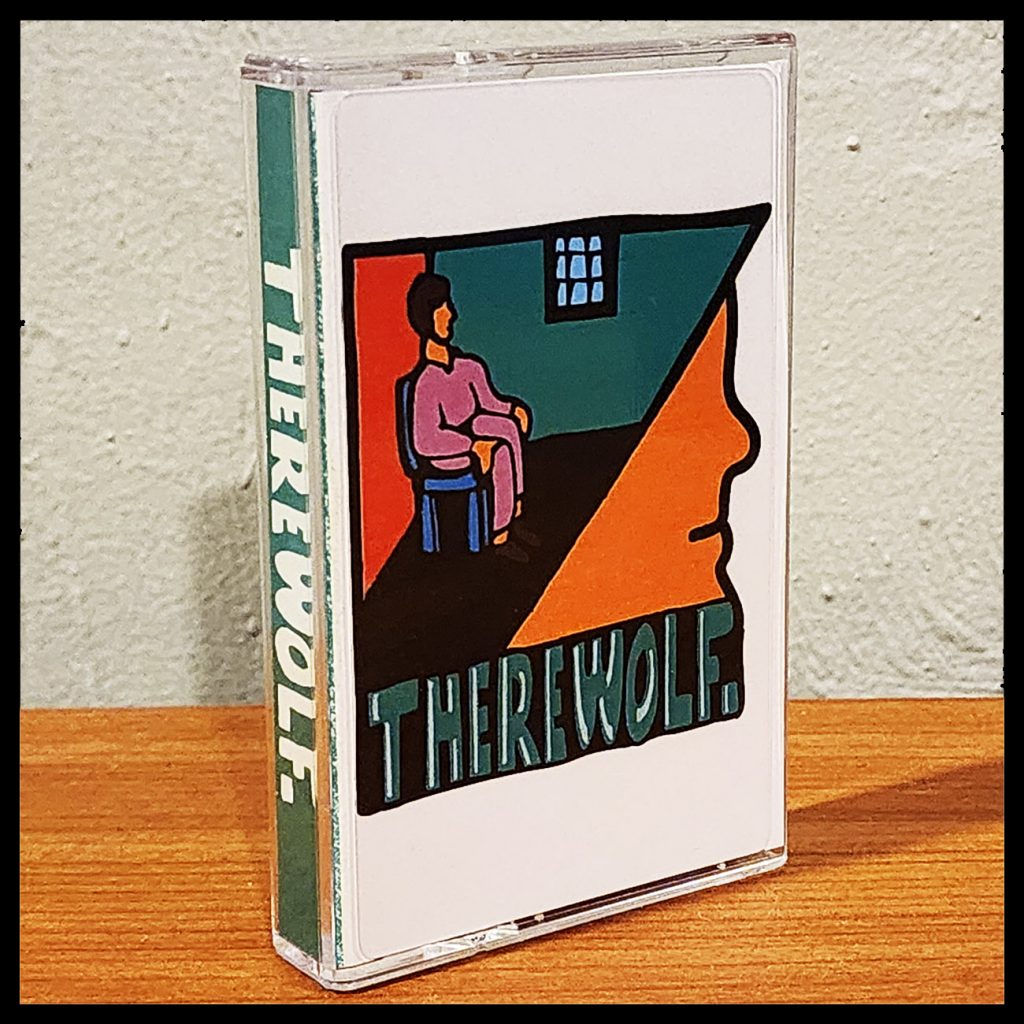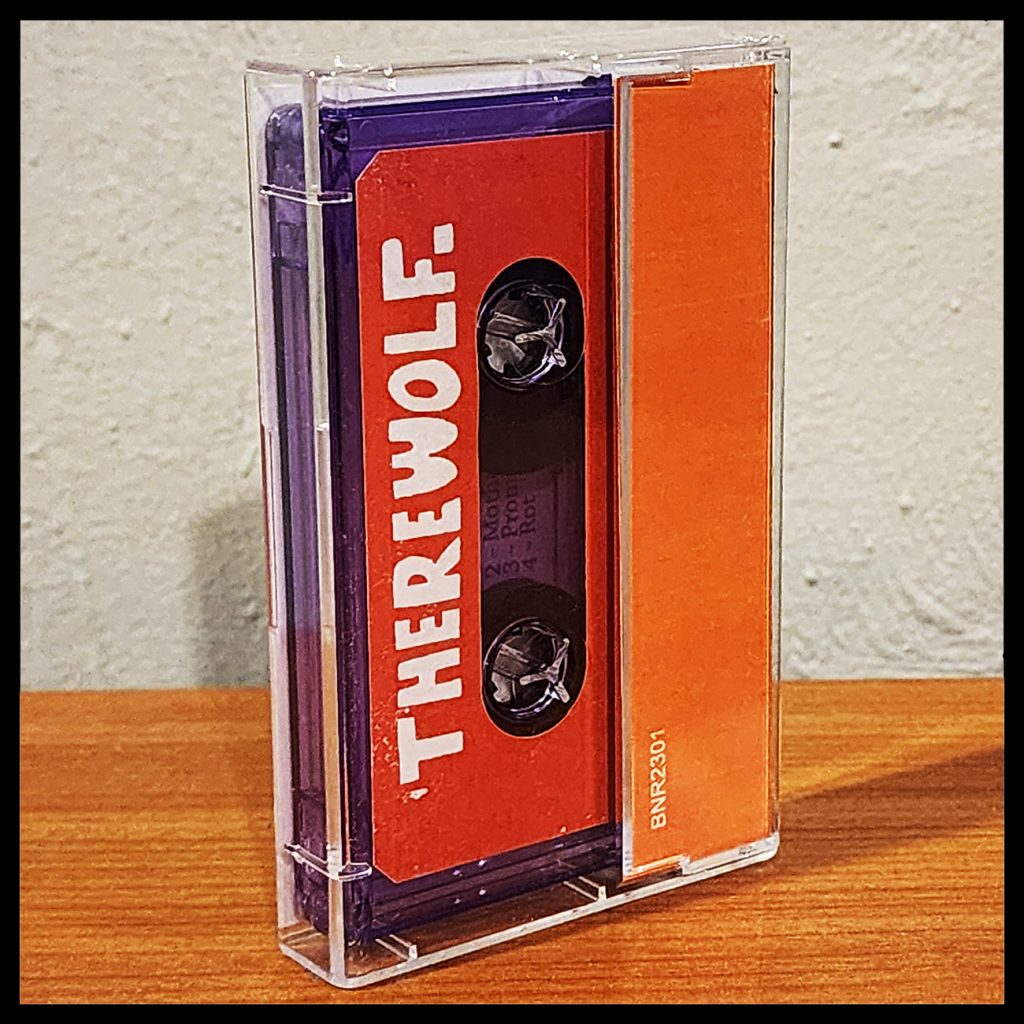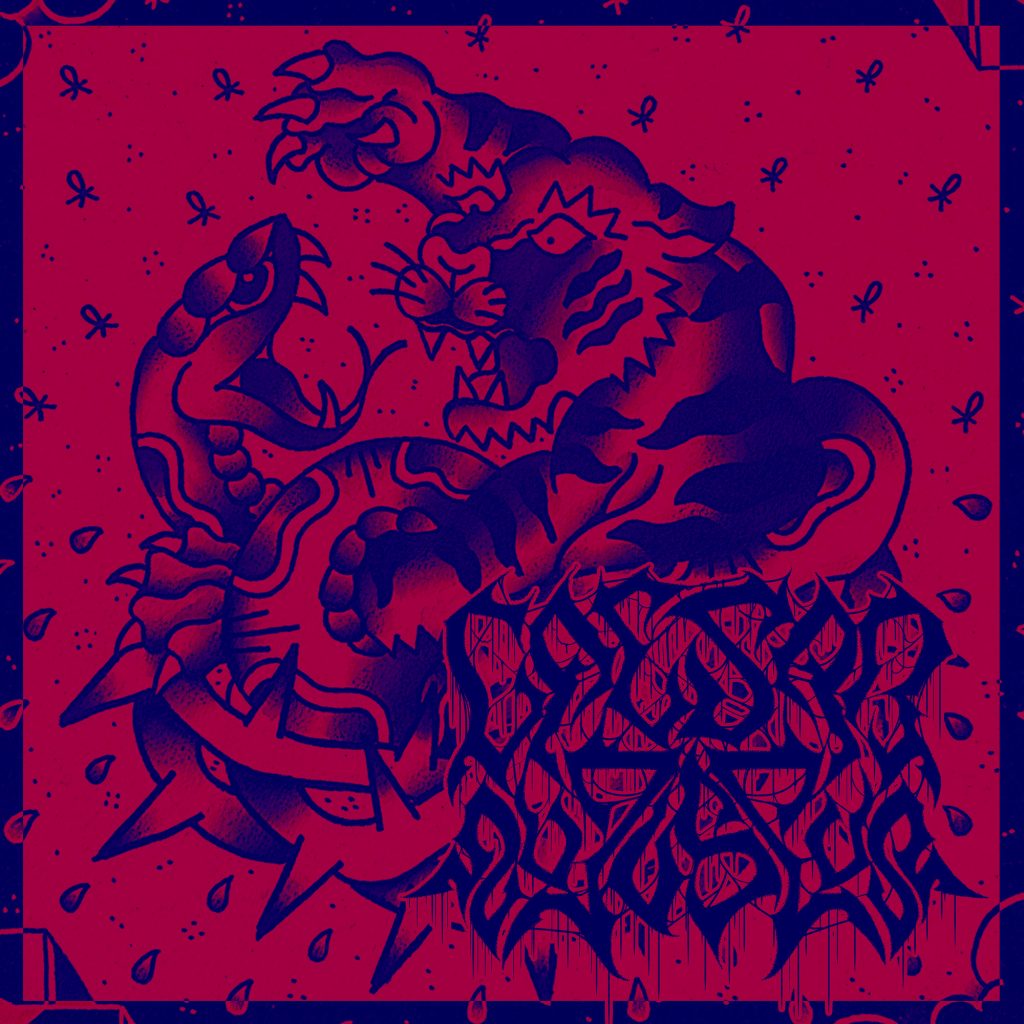
Caesar Augustus – The Ides of March
The Ides of March traces its origins back to 2016, when my band Julius Caesar was still active. We started the band in high school and had been together for a decade, doing sporadic runs of shows. In 2016, most of us lived in Olympia, WA, and the band was performing regularly. One night, while I was on tour with my other band A God or an Other, Julius Caesar’s guitarist Gavin vanished, not to be heard from for many years. We were pretty bummed.
Once I got home from tour I picked up my guitar and wrote these songs – they appeared nearly fully formed. They were clearly influenced by Julius Caesar but had their own distinct style. Capturing and transcribing them was a cathartic experience. For a few months I attempted to find other musicians to form a new band that would play this material. Eventually I realized that between the very busy schedules of A God or an Other and the other band I was in at the time, The Lunch, I just didn’t have the time or energy to make a third band happen.
When my wife and I decided to move to Colorado to start our family in 2018, I was worried that I might not be able to record loud music in my new home as freely as I had been able to in Olympia. So before we moved, I decided to record drums for a few loud projects that had been on the backburner, just in case. This was one of them (along with 2023’s Therewolf).
The Ides of March sat in a drums-only state until mid-pandemic, when I finally recorded the guitar parts. Originally, it was intended to be a solo release, but when I started thinking about vocals, I found that I had a creative block. It reminded me a lot of when I was working on Destiny Theft – with that EP, every time I listened to the instrumentals, I imagined Buddy Hale’s voice. This time, though, it was JC vocalist (and 55YT MQRT guitarist) Neal’s voice I was hearing. So I eventually asked Neal if he wanted to do lead vocals for the EP. I was thrilled when he agreed. It still needed bass, so we then invited JC bassist Steve to fill that role.
We recorded vocals over the next few years. Neal, who now lives in Iowa, would visit about every six months to track some of his parts. Meanwhile, Steve recorded his bass contributions remotely in California. I think this part of our ‘about-the-band’ blurb satisfactorily sums up the thematic focus our lyrics took on:
Caesar Augustus is a reckoning with the oppressive forces of modern society and the relentless difficulty of the human condition... Their debut EP, “The Ides of March,” serves as a commemoration of their past and a herald of new beginnings. It is a rallying cry against fascism and authoritarianism and a scathing critique of our broken political system. Additionally, Caesar Augustus takes on the invisible demons that haunt the modern psyche, grappling with conditions such as ADHD, OCD, anxiety, and depression, laying bare the complexities of existence in a world rife with chaos and uncertainty.
“The Ides of March” is a reflection on the past, a confrontation with the present, and a contemplation of the unknown realms of the future. It is a testament to resilience, friendship, and the unwavering pursuit of artistic expression in the face of existential dread.
This project is obviously closely tied to Julius Caesar, but without Gavin, it’s a different entity. Because of the connection between the projects and the timeline, we decided to name it after JC’s successor: Gaius Julius Caesar Augustus. We titled the release after the pivotal day that marked the transition between the two dictators. And really, what better day to put it out than the Ides of March itself?
Album art by TJ Giovannio. Band logo by Nathan Kwon.
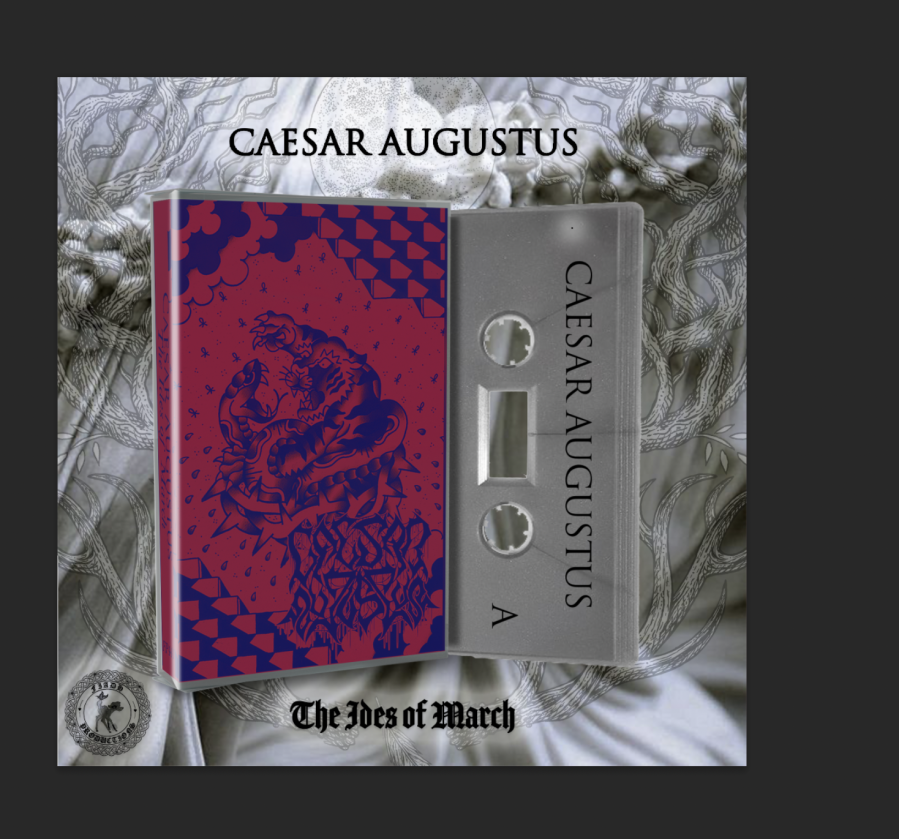

Tapes available via Fiadh Productions.
https://fiadh.bandcamp.com/album/the-ides-of-march
We also have a large variety of shirt options on our Bandcamp!
https://caesaraugustus.bandcamp.com/merch

Full EP Gapless with Lyrics
Music Video for Knives In (The Ides of March)
Stream or Download/Purchase on Bandcamp:
